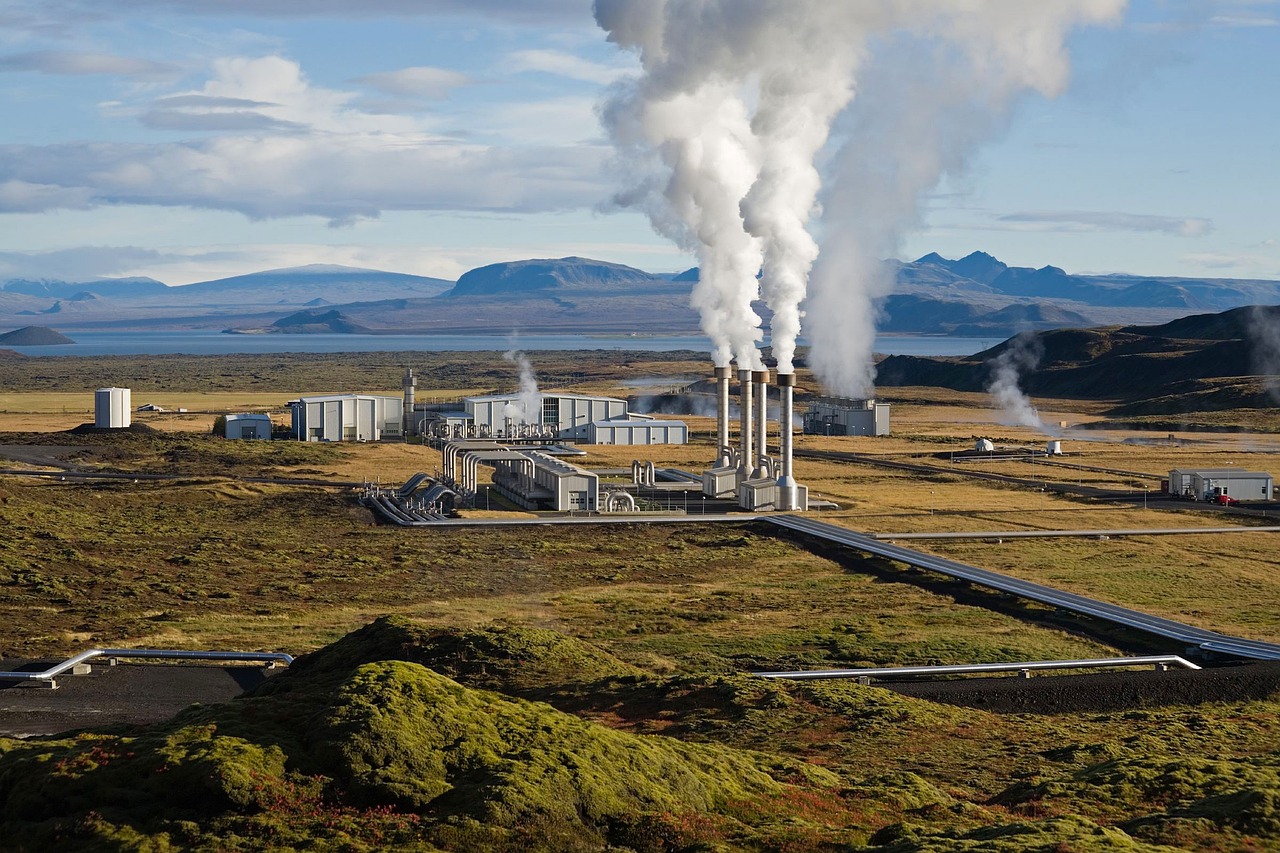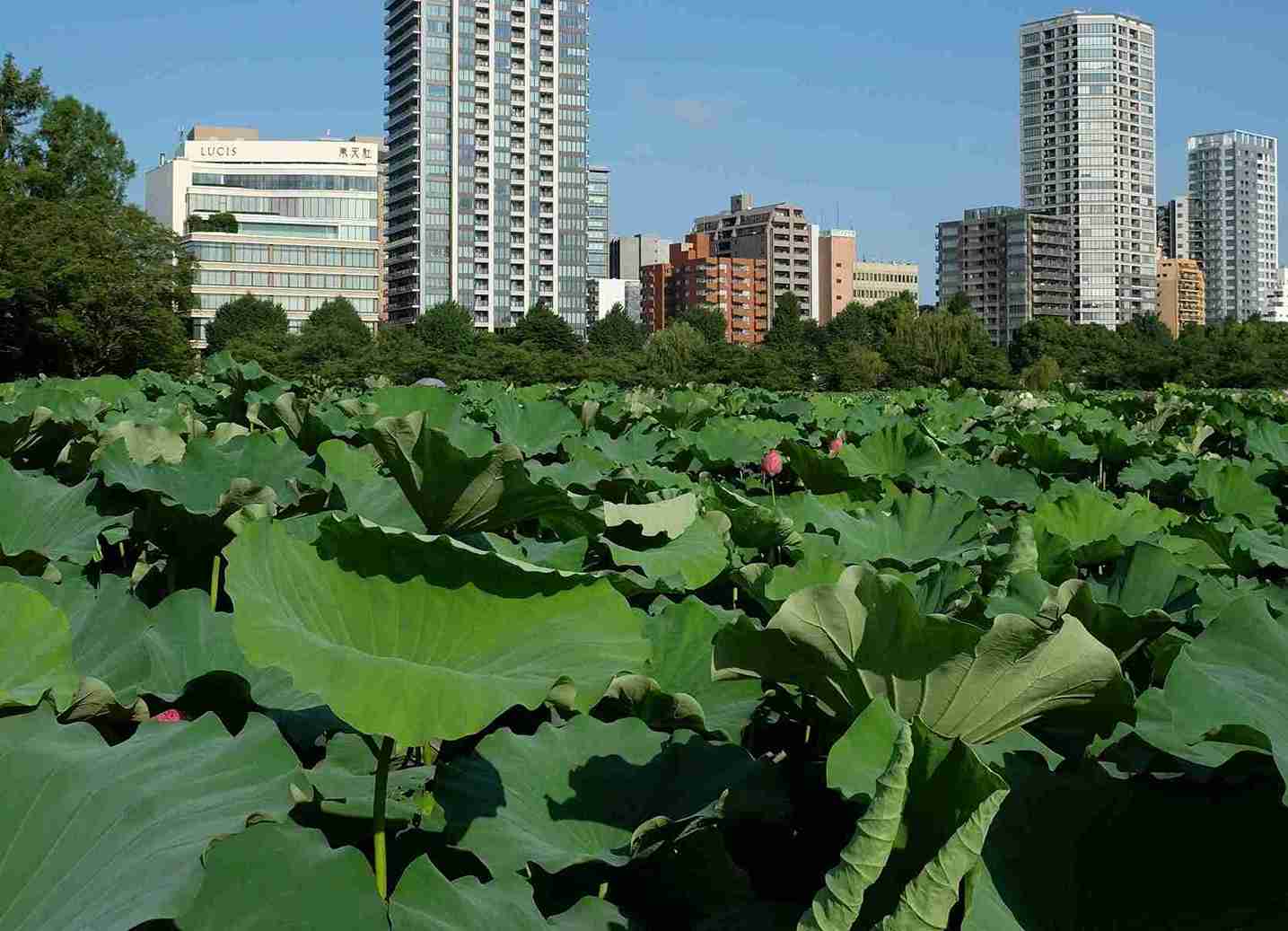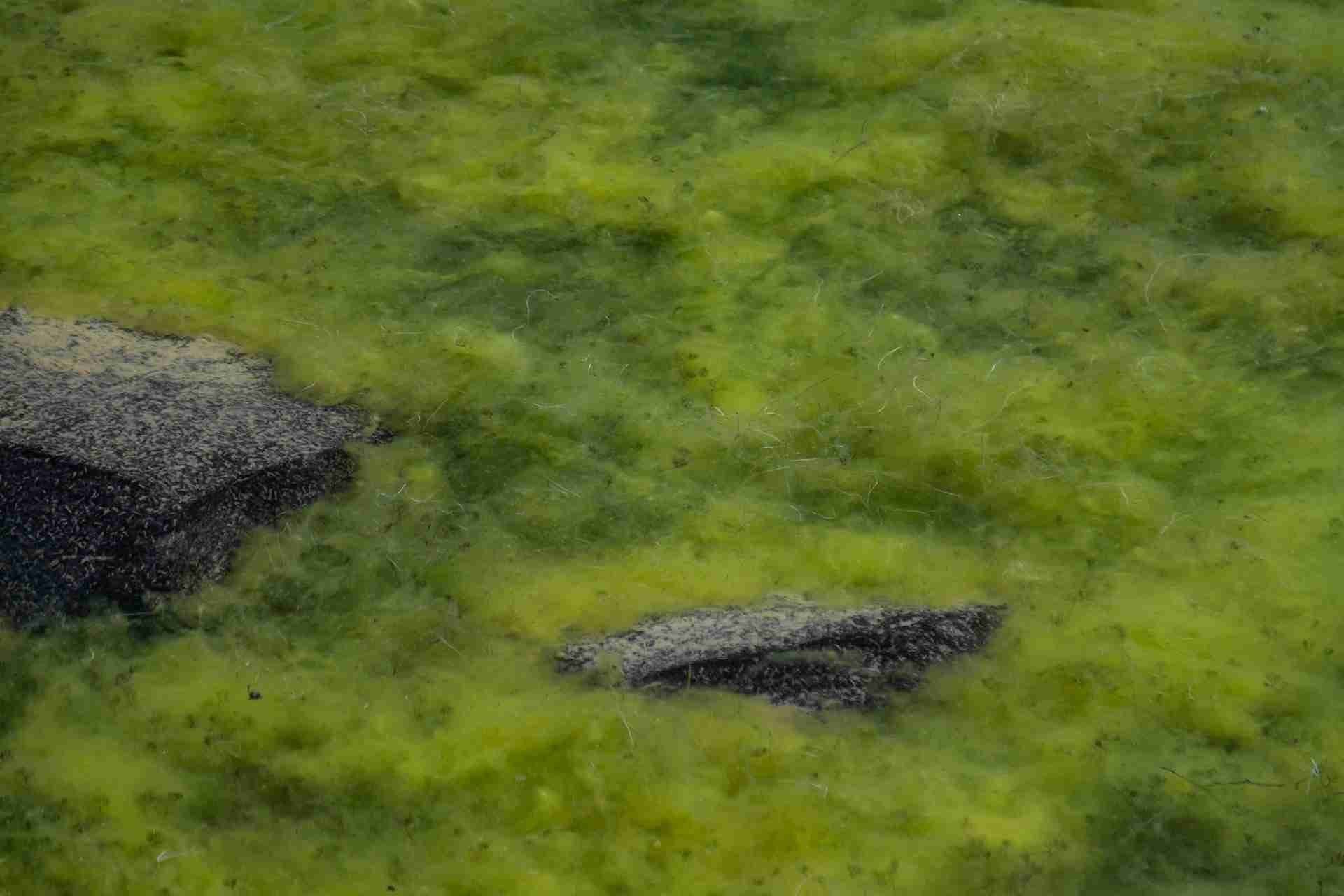
- Biomass Carbon Removal and Storage (BiCRS): This approach involves using plant and algae biomass to capture and store carbon dioxide from the atmosphere, aiming for long-term sequestration even beyond the natural decay of plants. Techniques include biochar, bio-oil production, and carbon storage in soil, water, or geological formations.
- Methods range from creating biochar to storing bio-oils geologically or burying biomass directly. BECCS (Bioenergy with Carbon Capture and Storage) combines biomass energy production with carbon capture, generating carbon-negative fuel options like hydrogen.
- Effective BiCRS implementation requires ensuring that biomass sources do not compete with food or ecosystem needs and do not result in net carbon emissions. It’s important to prioritize waste biomass, evaluate environmental impacts carefully, and maintain community trust by managing potential air pollution.
Biomass carbon removal and storage (BiCRS) involves various methods using plant or algae biomass to capture and store carbon dioxide from the atmosphere over a prolonged period. These techniques intend to maximize plants’ ability to store carbon even after they naturally decay: While trees can only store carbon until they perish and break down, biomass carbon removal and storage seek to permanently sequester the CO2 that plants absorb.
There are several different approaches to extracting carbon with biomass. These consist of producing biochar from biomass through heating in low-oxygen conditions to create a charcoal-like soil enhancer that traps carbon; creating bio-oil through a similar method for underground injection; storing carbon-rich biomass in vaults permanently. BECCS is a method that captures and stores CO2 emissions by generating energy from biomass. Converting biomass to hydrogen is a prevalent form of BECCS in numerous decarbonization scenarios, leading to the production of a fuel that is carbon-negative.
Even though biomass carbon removal and storage may lead to long-term removal of CO2, not all processes guarantee a overall carbon benefit.
In case that BiCRS processes utilize biomass sources like algae or waste materials that do not compete with food crops or ecosystems for land, they can achieve net carbon removal. Many forestry and agricultural waste products like tree bark, nut hulls, and corn husks and stalks are often burned or left to decompose. However, utilizing these materials for biomass carbon removal and storage can have positive climate benefits.

Also Read :
- How Mineralization Can Help Reducing Carbon Emission
- China Plans to Cut Out Carbon Dioxide (CO2) on 2035
Some Other Terms Related to BiCRS
In-ground disposal of natural materials
The majority of biomass is not altered and instead placed in secure, clay-rich soils where it breaks down at a very gradual pace.
Burial of biomass underwater
Biomass remains largely untouched and is deposited in underwater sediment, causing carbon turnover to be very slow.
Bio-oils can be stored geologically.
Biomass undergoes high temperature conversion to produce bio-oil, which is then stored deep underground in rocks.
Burial of biochar on land
Biomass is transformed through high temperatures into a more durable form before being incorporated into soil, benefiting water retention and nutrient accessibility. It could also be utilized for more sophisticated items such as biochar cements.
Utilization of carbon
Products made from biomass retain carbon from their creation to their use and disposal. The effectiveness of carbon removal varies based on how long a product lasts and how it is ultimately used.
Bioenergy combined with capturing and storing carbon (BECCS)
Biomass undergoes high temperatures to be transformed into CO₂, which is then trapped and stored in geological formations. In a BiCRS model, the main goal of biomass conversion is to eliminate carbon, with energy being a byproduct.

Advantages and Chances
Numerous advanced technologies used in BiCRS have years of experience in processing biomass, with many conversion methods having long histories as well.
If properly utilized, BiCRS has the potential to offer advantages to farmers and foresters. EBT Heroes Friends could obtain biomass from leftover material in industries such as nutshells or husks, shavings or branches from forest fire prevention, or organic waste in urban areas. Using waste biomass helps avoid competition with food, fuel, and fiber production, which can cause deforestation or soil degradation – a major issue with BiCRS.
Also Read:
- Is Methane Potential Cause Greenhouse Effect after Carbon?
- Indonesian Carbon Capture & Sequestration Regulation Overview
Obstacles and factors to think about
Although biomass can be found in trees, it is not readily available from all sources. The plant products used for carbon removal should not compete with resources needed for food, fiber, or forestry.
One strategy is to concentrate on biomass discarded by other sectors, while another is to cultivate biomass in methods that improve soil quality. When gathering waste biomass, it is crucial to make sure we are extracting it in a way that is not harmful to the ecosystem’s long-term health.
Identifying degraded land suitable for growing crops for biomass feedstocks is essential in restoring soil health. Robust life-cycle analyses must always be employed to verify that biomass is sequestering more carbon than is released during cultivation and harvesting.
The choices, make in terms of which paths to follow can also have significant effects on nearby communities. Burning biomass through pathways like bio-oil, biochar, and bioenergy can lead to air pollution, with big bioenergy plants known for breaking community trust and air safety regulations.
Several pathways that do not involve burning biomass (such as burial, sinking, or creating long-lasting products) have not been as extensively validated and might not be as efficient.
#ZonaEBT #Sebarterbarukan #EBTHeroes
Editor: Savira Oktavia



Comment closed